-
 Bitcoin
Bitcoin $105,278.9859
4.61% -
 Ethereum
Ethereum $2,414.7741
8.20% -
 Tether USDt
Tether USDt $1.0007
0.05% -
 XRP
XRP $2.1600
7.53% -
 BNB
BNB $639.5433
3.75% -
 Solana
Solana $144.3830
9.37% -
 USDC
USDC $1.0001
0.02% -
 TRON
TRON $0.2742
3.84% -
 Dogecoin
Dogecoin $0.1640
8.57% -
 Cardano
Cardano $0.5811
7.49% -
 Hyperliquid
Hyperliquid $37.2466
5.28% -
 Sui
Sui $2.8243
14.84% -
 Bitcoin Cash
Bitcoin Cash $460.8816
2.22% -
 Chainlink
Chainlink $12.9580
11.75% -
 UNUS SED LEO
UNUS SED LEO $9.1359
1.23% -
 Avalanche
Avalanche $18.2302
10.30% -
 Stellar
Stellar $0.2463
7.80% -
 Toncoin
Toncoin $2.9151
7.18% -
 Shiba Inu
Shiba Inu $0.0...01163
9.79% -
 Hedera
Hedera $0.1532
14.01% -
 Litecoin
Litecoin $85.3310
6.29% -
 Monero
Monero $308.8215
2.90% -
 Ethena USDe
Ethena USDe $1.0007
0.03% -
 Polkadot
Polkadot $3.4259
9.42% -
 Dai
Dai $1.0002
0.01% -
 Bitget Token
Bitget Token $4.1742
3.19% -
 Uniswap
Uniswap $6.8272
8.53% -
 Pepe
Pepe $0.0...09939
12.29% -
 Pi
Pi $0.5358
6.03% -
 Aave
Aave $257.3092
12.83%
Is the mild enlargement of the Yang line at the bottom a signal for building a position?
A mildly enlarged Yang line at the bottom may signal early bullish reversal in crypto, showing easing sell pressure and cautious buyer entry.
Jun 24, 2025 at 10:56 am
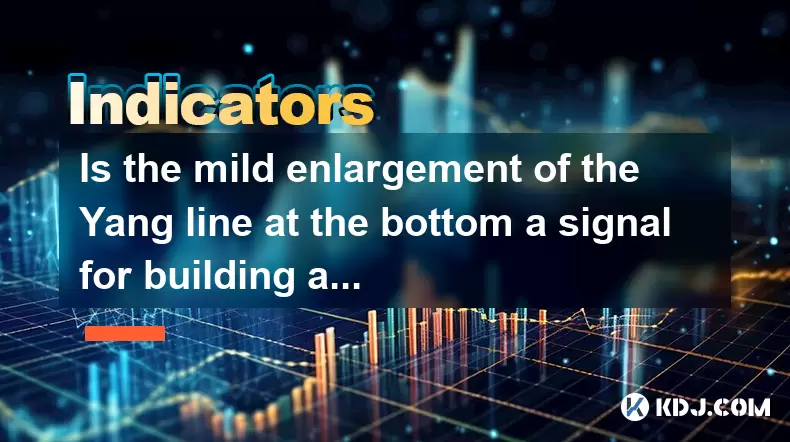
Understanding the "Mild Enlargement of the Yang Line at the Bottom"
In technical analysis within the cryptocurrency market, candlestick patterns are often used to predict price movements. The "Yang line" refers to a bullish candlestick, typically represented by a green or hollow body, indicating that the closing price is higher than the opening price. When traders refer to a "mild enlargement of the Yang line at the bottom," they are describing a scenario where a small bullish candle appears after a downtrend and begins to show signs of increasing volume or length compared to previous candles.
This pattern may suggest that selling pressure is beginning to ease and buyers are stepping in cautiously. However, it's important to distinguish between a genuine reversal signal and a temporary bounce within a larger downtrend. In crypto trading, such signals should be analyzed alongside other indicators like volume, moving averages, and RSI (Relative Strength Index) to confirm whether it’s a reliable entry point.
How to Identify the Mild Enlargement of the Yang Line
Recognizing this pattern involves several key criteria:
- The candle must appear after a clear downtrend.
- The body of the candle should be slightly longer than the preceding bearish candles but not necessarily very large.
- There should be a noticeable increase in volume during the formation of this candle.
- The wick lengths should be relatively short, suggesting strong buying interest throughout the period.
- It should be followed by a confirmation candle—preferably another bullish candle—to validate the potential reversal.
Traders often use tools like TradingView or Binance’s native charting system to highlight these patterns visually. For instance, you can apply candlestick pattern recognition scripts or manually draw support lines near the area where this candle forms.
What This Pattern Suggests About Market Sentiment
The appearance of a mildly enlarged Yang line at the bottom indicates a shift in sentiment from bearish to neutral or potentially bullish. During a downtrend, sellers dominate the market, pushing prices lower with each successive candle. When a stronger-than-usual bullish candle emerges, it shows that buyers are starting to absorb the selling pressure.
In the context of cryptocurrencies, which are known for high volatility and emotional trading behavior, this could mean that institutional players or whales are accumulating assets at discounted levels. Retail traders might also start entering positions if they perceive value at current price levels.
It's crucial to understand that this pattern alone doesn't guarantee a reversal. Instead, it serves as a potential early warning sign that the downtrend may be losing momentum.
Steps to Confirm the Signal Before Building a Position
Before taking any position based on this pattern, traders should go through a multi-step confirmation process:
- Check the surrounding candles: Ensure that the prior trend was indeed bearish and sustained.
- Analyze volume: Look for an increase in trading volume during and after the formation of the Yang line. Rising volume confirms buyer interest.
- Use moving averages: Overlay 50-period and 200-period EMAs to see if the price is approaching or bouncing off key moving average levels.
- Monitor RSI and MACD: If RSI crosses above 30 or shows divergence from the price, it could indicate strengthening momentum. Similarly, a MACD crossover above the signal line adds to the bullish case.
- Wait for a follow-through candle: A strong bullish candle immediately following the mild Yang line strengthens the validity of the reversal.
Only when multiple indicators align should a trader consider initiating a position.
Risk Management When Entering Based on This Signal
Even with proper confirmation, trading based on candlestick patterns carries risk. Therefore, implementing solid risk management strategies is essential:
- Set a stop-loss order just below the low of the Yang line to limit downside exposure.
- Limit position size to a fraction of your total portfolio—typically no more than 1–3% per trade.
- Use trailing stops once the trade moves in your favor to lock in profits while allowing room for the trend to develop.
- Avoid over-leveraging, especially in highly volatile markets like crypto derivatives.
By applying these principles, traders can protect their capital even if the pattern fails to result in a full reversal.
Frequently Asked Questions (FAQ)
Q: Can the mild enlargement of the Yang line occur mid-trend and still be meaningful?
A: Yes, though its significance changes. In a mid-trend context, it may act as a continuation pattern rather than a reversal. Confirmation becomes even more critical in such cases.
Q: Is this pattern equally reliable across all cryptocurrencies?
A: No, larger-cap coins like Bitcoin and Ethereum tend to form more reliable candlestick patterns due to higher liquidity and less manipulation compared to smaller altcoins.
Q: Should I only rely on candlestick patterns for entry signals?
A: No, candlestick patterns should always be used in conjunction with other technical indicators and volume analysis to increase the probability of successful trades.
Q: What time frame is best for identifying this pattern?
A: While it can appear on any time frame, it's most effective on higher time frames like 4-hour or daily charts, where false signals are less frequent.
Disclaimer:info@kdj.com
The information provided is not trading advice. kdj.com does not assume any responsibility for any investments made based on the information provided in this article. Cryptocurrencies are highly volatile and it is highly recommended that you invest with caution after thorough research!
If you believe that the content used on this website infringes your copyright, please contact us immediately (info@kdj.com) and we will delete it promptly.
- XLM Price, Bitcoin Solaris, and Returns Prediction: Navigating the Crypto Landscape
- 2025-06-24 16:25:13
- Adam Schiff's COIN Act: Curbing Crypto Endorsements and Conflicts of Interest
- 2025-06-24 16:25:13
- Coinbase Stock Price and Benchmark Issues: A NYC Perspective
- 2025-06-24 16:35:12
- Shiba Inu, Pepe Coin, and the Meme Coin Mania: What's the Deal?
- 2025-06-24 16:35:12
- Rupee Coin Riches: How to Sell Your Way to Financial Freedom
- 2025-06-24 14:25:12
- XRP Ledger, Validators, and Holders: Navigating the Future of Digital Finance
- 2025-06-24 14:25:12
Related knowledge
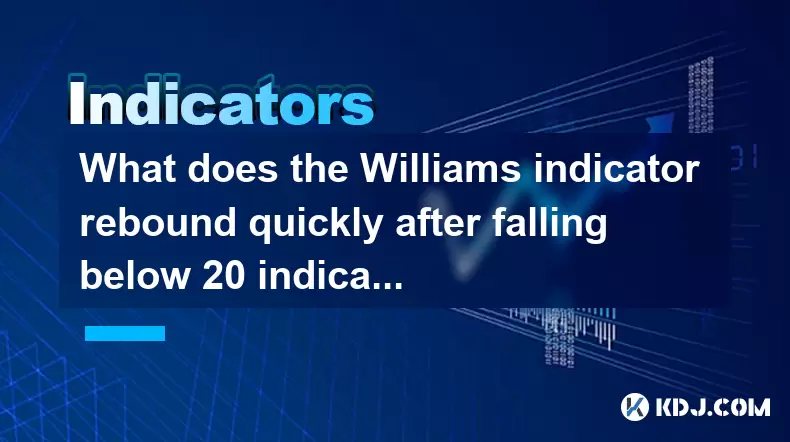
What does the Williams indicator rebound quickly after falling below 20 indicate?
Jun 24,2025 at 04:49pm
Understanding the Williams %R IndicatorThe Williams %R indicator, also known as Williams Percent Range, is a momentum oscillator used in technical analysis to identify overbought and oversold conditions in financial markets, including cryptocurrencies. It was developed by Larry Williams and typically operates on a scale from 0 to -100. In the context of...
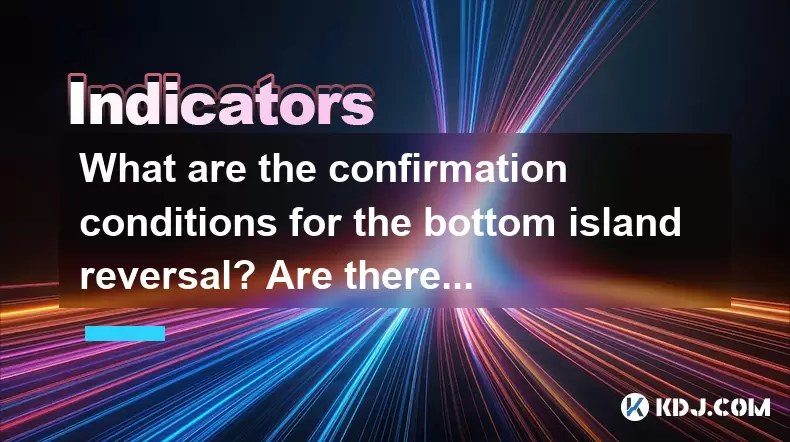
What are the confirmation conditions for the bottom island reversal? Are there many false signals?
Jun 24,2025 at 04:56pm
Understanding the Bottom Island Reversal PatternThe bottom island reversal is a rare but significant candlestick pattern that indicates a potential shift from a downtrend to an uptrend. It typically forms when there's a gap down followed by a gap up, leaving a 'blank' space on the chart — the island — which is isolated from the surrounding price action....
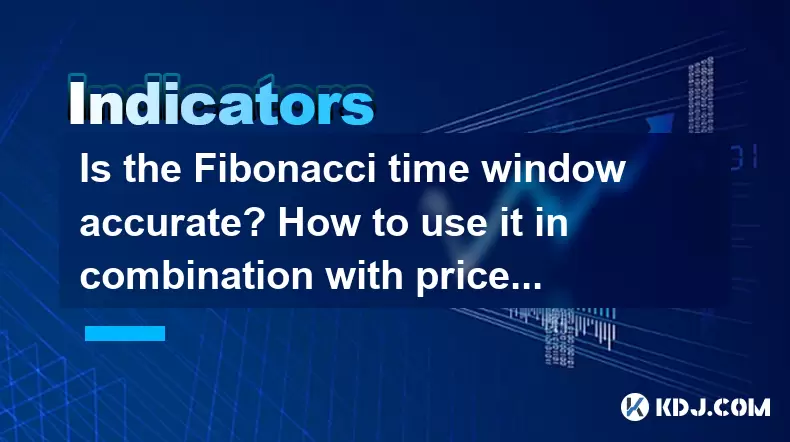
Is the Fibonacci time window accurate? How to use it in combination with price patterns?
Jun 24,2025 at 03:49pm
Understanding the Fibonacci Time Window ConceptThe Fibonacci time window is a technical analysis tool derived from the Fibonacci sequence, commonly used in financial markets, including cryptocurrency trading, to predict potential reversal or continuation points based on time rather than price. Unlike traditional Fibonacci retracement levels that focus o...
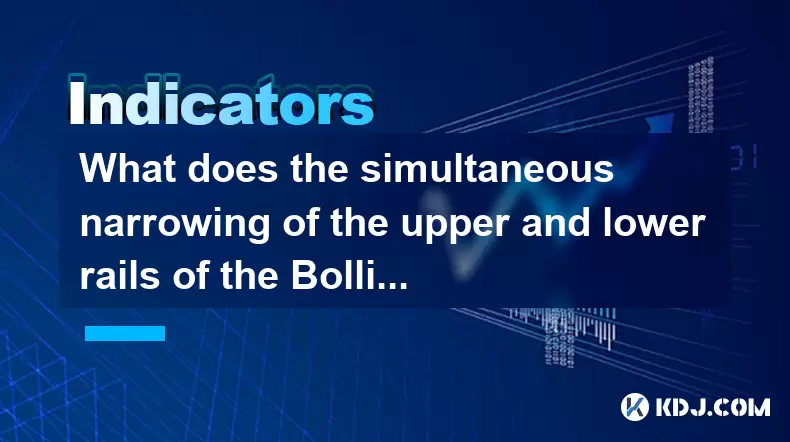
What does the simultaneous narrowing of the upper and lower rails of the Bollinger Bands indicate? How to predict the direction of the breakthrough?
Jun 24,2025 at 04:43pm
Understanding the Bollinger Bands MechanismBollinger Bands are a popular technical analysis tool used in cryptocurrency trading to assess price volatility and potential reversal points. The indicator consists of three lines: a simple moving average (SMA) in the center, typically set at 20 periods, with two outer bands that represent standard deviations ...

Is the large volume limit drop at the bottom a fund accumulation? How to confirm the reversal later?
Jun 24,2025 at 01:42pm
Understanding Large Volume Limit Drops at the BottomA large volume limit drop refers to a situation where the price of a cryptocurrency falls sharply, hitting its lower circuit breaker or minimum daily trading threshold, and is accompanied by unusually high trading volume. When this occurs at what appears to be the bottom of a downtrend, it raises quest...

Will the low cross star reverse? What additional conditions need to be met?
Jun 24,2025 at 02:50pm
Understanding the Low Cross Star PatternThe low cross star is a candlestick pattern often observed in cryptocurrency trading charts. It typically appears during a downtrend and consists of a small-bodied candle with long upper and lower shadows, resembling a cross or a doji. Traders look for this pattern as a potential signal of reversal from a bearish ...

What does the Williams indicator rebound quickly after falling below 20 indicate?
Jun 24,2025 at 04:49pm
Understanding the Williams %R IndicatorThe Williams %R indicator, also known as Williams Percent Range, is a momentum oscillator used in technical analysis to identify overbought and oversold conditions in financial markets, including cryptocurrencies. It was developed by Larry Williams and typically operates on a scale from 0 to -100. In the context of...

What are the confirmation conditions for the bottom island reversal? Are there many false signals?
Jun 24,2025 at 04:56pm
Understanding the Bottom Island Reversal PatternThe bottom island reversal is a rare but significant candlestick pattern that indicates a potential shift from a downtrend to an uptrend. It typically forms when there's a gap down followed by a gap up, leaving a 'blank' space on the chart — the island — which is isolated from the surrounding price action....

Is the Fibonacci time window accurate? How to use it in combination with price patterns?
Jun 24,2025 at 03:49pm
Understanding the Fibonacci Time Window ConceptThe Fibonacci time window is a technical analysis tool derived from the Fibonacci sequence, commonly used in financial markets, including cryptocurrency trading, to predict potential reversal or continuation points based on time rather than price. Unlike traditional Fibonacci retracement levels that focus o...

What does the simultaneous narrowing of the upper and lower rails of the Bollinger Bands indicate? How to predict the direction of the breakthrough?
Jun 24,2025 at 04:43pm
Understanding the Bollinger Bands MechanismBollinger Bands are a popular technical analysis tool used in cryptocurrency trading to assess price volatility and potential reversal points. The indicator consists of three lines: a simple moving average (SMA) in the center, typically set at 20 periods, with two outer bands that represent standard deviations ...

Is the large volume limit drop at the bottom a fund accumulation? How to confirm the reversal later?
Jun 24,2025 at 01:42pm
Understanding Large Volume Limit Drops at the BottomA large volume limit drop refers to a situation where the price of a cryptocurrency falls sharply, hitting its lower circuit breaker or minimum daily trading threshold, and is accompanied by unusually high trading volume. When this occurs at what appears to be the bottom of a downtrend, it raises quest...

Will the low cross star reverse? What additional conditions need to be met?
Jun 24,2025 at 02:50pm
Understanding the Low Cross Star PatternThe low cross star is a candlestick pattern often observed in cryptocurrency trading charts. It typically appears during a downtrend and consists of a small-bodied candle with long upper and lower shadows, resembling a cross or a doji. Traders look for this pattern as a potential signal of reversal from a bearish ...
See all articles
























































































